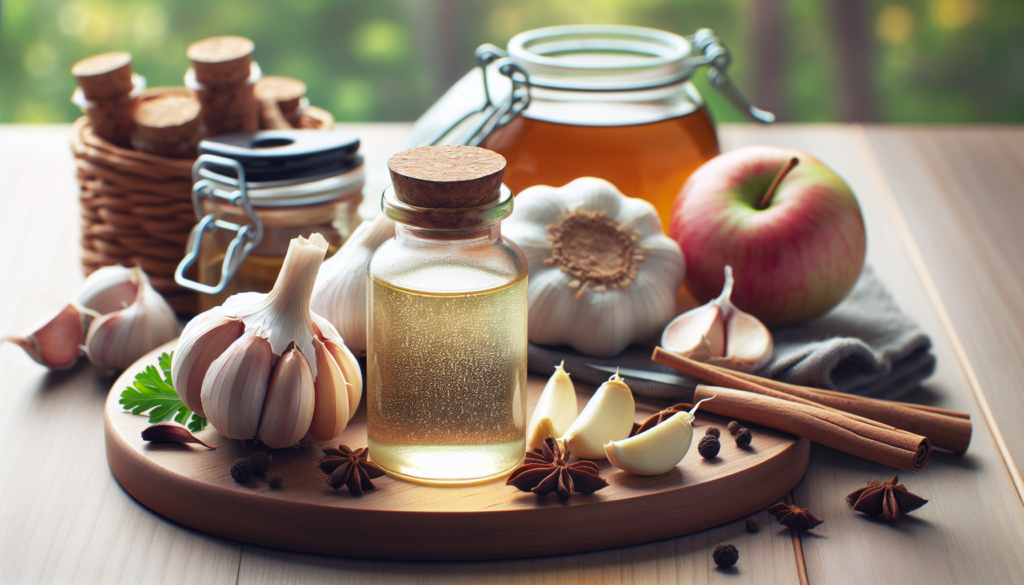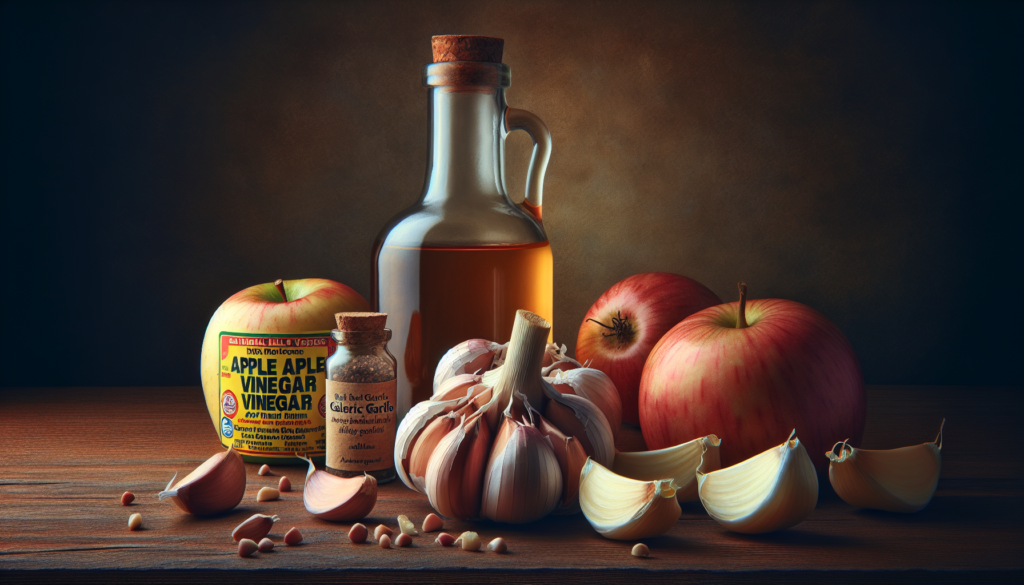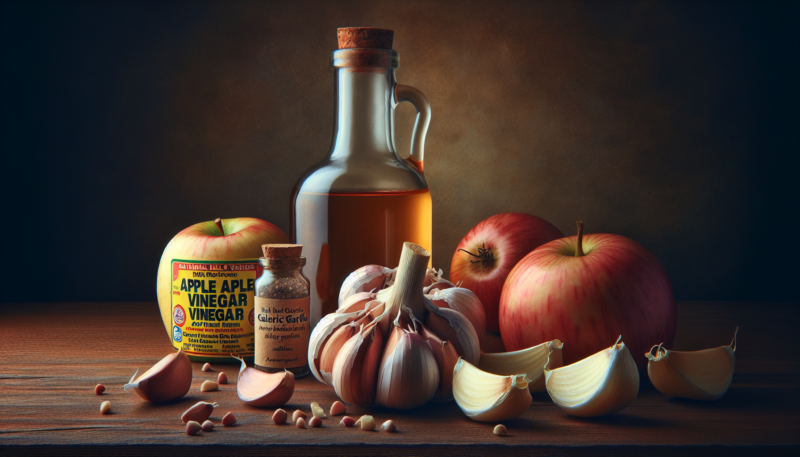Hey there! If you’re searching for some quick and easy ways to combat bacterial vaginosis from the comfort of your own home, look no further. In this article, we’ll be sharing ten super effective home remedies that can help you find relief from the discomfort and itching caused by this common condition. So, grab a cup of tea, get cozy, and let’s explore these natural remedies together.

Introduction
Bacterial vaginosis is a common vaginal infection caused by an imbalance in the bacteria present in the vagina. While it can be easily treated with antibiotics, some people prefer to explore natural remedies before turning to medication. In this article, we will explore 10 effective home remedies for bacterial vaginosis.
1. Apple Cider Vinegar
Introduction
Apple cider vinegar is a popular natural remedy for various health issues, including bacterial vaginosis. It is known for its antimicrobial properties that can help restore the pH balance in the vagina and inhibit the growth of harmful bacteria.
Preparation
To use apple cider vinegar for bacterial vaginosis, simply mix two tablespoons of apple cider vinegar with warm water and stir well.
Application
You can apply the mixture topically by using a clean cloth or cotton pad soaked in the diluted apple cider vinegar solution. Gently apply it to the affected area and leave it on for a few minutes before rinsing off with warm water. Repeat this process a few times a day for optimal results.
2. Tea Tree Oil
Introduction
Tea tree oil, derived from the leaves of the Melaleuca alternifolia tree, is another effective home remedy for bacterial vaginosis. It possesses strong antibacterial properties that can help kill the bacteria causing the infection and promote healing.
Preparation
To prepare a tea tree oil solution, mix a few drops of tea tree oil with a carrier oil, such as coconut oil or olive oil.
Application
Apply the mixture to the affected area using a clean cotton swab or pad. Make sure to dilute the tea tree oil properly to avoid any irritation or allergic reactions. Leave it on for about 15-20 minutes before rinsing off with warm water. Repeat this process once or twice a day until the symptoms improve.
3. Yogurt
Introduction
Yogurt contains lactobacillus bacteria, which are beneficial bacteria that can help restore the balance of healthy bacteria in the vagina. Consuming yogurt or applying it topically can help relieve bacterial vaginosis symptoms.
Preparation
When choosing yogurt for bacterial vaginosis, opt for unsweetened, plain yogurt that contains live active cultures.
Application
To apply yogurt topically, you can use a tampon or a clean finger to insert a small amount of yogurt into the vagina. Leave it in for a couple of hours or overnight, then rinse with warm water. It is important to note that this method may not be suitable for everyone, so consult with your healthcare provider before trying it.

4. Garlic
Introduction
Garlic has been used as a natural remedy for various infections due to its antimicrobial and antibacterial properties. It can be beneficial in treating bacterial vaginosis by killing off the harmful bacteria.
Preparation
To prepare garlic for use, peel a garlic clove and crush it to release its active compounds.
Application
You can apply the crushed garlic directly to the affected area for a few minutes, then rinse with warm water. Alternatively, you can wrap the crushed garlic in a cheesecloth and insert it into the vagina like a tampon. Leave it in for about an hour, then remove and rinse with warm water. Repeat this process once a day until the symptoms subside.
5. Hydrogen Peroxide
Introduction
Hydrogen peroxide is a mild antiseptic commonly used for wound cleaning. It can also be used as a home remedy for bacterial vaginosis due to its ability to kill off harmful bacteria.
Preparation
Prepare a solution by diluting three percent hydrogen peroxide with an equal amount of water.
Application
Using a clean cotton swab or pad, gently apply the diluted hydrogen peroxide solution to the affected area. Leave it on for a few minutes, then rinse with warm water. Repeat this process once or twice a day until the symptoms improve. It is important to note that hydrogen peroxide may cause mild discomfort or stinging, so be cautious and discontinue use if any irritation occurs.
6. Baking Soda
Introduction
Baking soda is a versatile ingredient commonly found in many households. It can help neutralize the pH level in the vagina, creating an environment less favorable for the growth of harmful bacteria.
Preparation
To use baking soda for bacterial vaginosis, mix one to two tablespoons of baking soda in a cup of warm water.
Application
Use the mixture to rinse the vaginal area thoroughly. You can either pour it over the area or use a clean cloth or cotton ball to apply it gently. Rinse with warm water afterward. Repeat this process once or twice a day until the symptoms alleviate. It is important not to overuse baking soda, as it may disrupt the natural pH balance of the vagina.
7. Vitamin C
Introduction
Vitamin C is well-known for its immune-boosting properties. It can also help restore the balance of healthy bacteria in the vagina, making it a potential home remedy for bacterial vaginosis.
Preparation
Crush a few vitamin C tablets to create a powder.
Application
Mix the crushed vitamin C powder with water, creating a paste-like consistency. Apply the mixture to the affected area and leave it on for about 30 minutes before rinsing off with warm water. Repeat this process once a day until the symptoms improve. It is important to note that some people may experience mild irritation or discomfort from the acidic nature of vitamin C, so be cautious when using this remedy.
8. Coconut Oil
Introduction
Coconut oil contains lauric acid, which exhibits antimicrobial properties. It can help eliminate harmful bacteria responsible for bacterial vaginosis and soothe any irritation or itching.
Preparation
Coconut oil can be used directly without any additional preparation.
Application
Gently apply a small amount of coconut oil to the affected area. You can use your fingers or a clean cotton pad for application. Leave it on for a few hours or overnight before rinsing with warm water. Repeat this process once or twice a day until the symptoms subside. It is important to choose organic, unrefined coconut oil for the best results.
10. Oregano Oil
Introduction
Oregano oil possesses strong antibacterial properties and can help fight off the harmful bacteria responsible for bacterial vaginosis.
Preparation
To use oregano oil, dilute a few drops of it with a carrier oil, such as olive oil or coconut oil.
Application
Apply the diluted oregano oil mixture topically to the affected area using a clean cotton swab or pad. Leave it on for about 15-20 minutes before rinsing off with warm water. Repeat this process once a day until the symptoms improve. It is important to note that oregano oil may cause mild irritation or burning sensation, so diluting it properly is crucial to avoid any discomfort.
In conclusion, these 10 effective home remedies for bacterial vaginosis offer natural alternatives for managing and treating this common vaginal infection. However, it is essential to consult with a healthcare provider before attempting any of these remedies to ensure safety and appropriateness for your individual situation. Remember to carefully follow the preparation and application instructions for each remedy to maximize their effectiveness.
